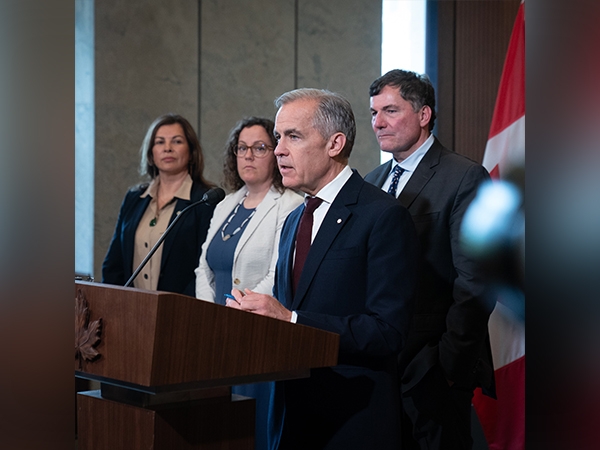Alcoholics and drug addicts have a higher probability of mental disorders

Alcoholics and those consuming illicit and prescription drugs have a high probability of getting afflicted by a mental disorder. This malady is called 'Dual Diagnosis' in medical terms.
A recent study carried out by doctors at Chandigarh's Post Graduate Institute of Medical Education and Research (PGIMER) showed that one in every third person who came to the clinics at its de-addiction centre is a case of Dual Diagnosis.
The study carried out by Subodh Bhagyalakshmi Nanjayya, Nandita Hazari, Diksha Elwadhi and Debashish Basu of Department of Psychiatry was recently published in the Asian Journal of Psychiatry.
Dual Diagnosis is broadly defined as ‘the concurrent existence in an individual of substance misuse (for example alcohol and illicit and prescription drugs) and mental disorder (for example depression, post traumatic stress disorder and schizophrenia)’. Experts say the nature of the relationship between these two conditions is complex and it does not merely denote the presence of two disorders.
Substance use has been implicated in the genesis of psychiatric illnesses, a consequence of psychiatric illness as ‘self medication’, or a co-occurrence with psychiatric illness due to common vulnerability factors.
They point out that Dual Diagnosis patients are associated with higher rates of specific negative outcomes such as violence, legal problems, medication noncompliance, relapse and re-hospitalisation besides incarceration, depression and suicide.
The outcomes also include severe financial problems from poor money management, unstable housing and homelessness, family burden, high rates of sexually transmitted diseases and higher treatment costs. Hence awareness among the lay public and professional health workers is of great importance.
A PGIMER spokesperson disclosed, “A recent study published in a peer reviewed journal from our centre showed that one in every third person visiting our centre is a case of Dual Diagnosis.” She pointed that the PGIMER has been running a weekly Dual Diagnosis Clinic since 2011and more than 660 patients had been registered in this clinic.
The study was carried out on 179 patients that came as outpatients to the Drug De-addiction and Treatment Centre at the PGIMER between April 10, 2013 and June 28, 2013 from across the region.
“The prevalence of Dual Diagnosis was 58 (32.4%). Duration of use and dependence (in months) of alcohol, opioids and nicotine was was shorter and of cannabis and benzodiazepines was longer in Dual Diagnosis group. This study screened the largest number of substance use disorders patients visiting a tertiary care centre in India using a sound methodology. The prevalence reported in our study is lower than reported in some western hospital based and community based studies,” says the abstract of the study.
It needs to be pointed out that PGIMER is seen as the second most important health medical facility in the country after AIIMS in Delhi.
The study further points out that in the group that showed Dual Diagnosis alcohol was the predominant substance (50 %) followed by opioid (41.4%). The next was cannabis (6.9%) and nicotine (1.7 %). The most common opioid used by this group was heroin (31.9%). This was followed by synthetic opioids.
The PGIMER recently held a special continuing medical education programme on the "Dual Diagnosis: Facing the Reality and the Challenges" aiming at capacity building for enhancing the diagnostic and management skills of psychiatry trainees and young psychiatrists. More than 150 delegates from different parts of India attended the programme where experts comprising guest faculty addressed queries of the delegates about identifying and management of Dual Diagnosis. The focus was on management of cases in the clinical practice.







![BJP's Kapil Mishra recreates Shankar Mahadevan’s ‘Breathless’ song to highlight Delhi pollution [WATCH] BJP's Kapil Mishra recreates Shankar Mahadevan’s ‘Breathless’ song to highlight Delhi pollution [WATCH]](https://images.catchnews.com/upload/2022/11/03/kapil-mishra_240884_300x172.png)

![Anupam Kher shares pictures of his toned body on 67th birthday [MUST SEE] Anupam Kher shares pictures of his toned body on 67th birthday [MUST SEE]](https://images.catchnews.com/upload/2022/03/07/Anupam_kher_231145_300x172.jpg)






